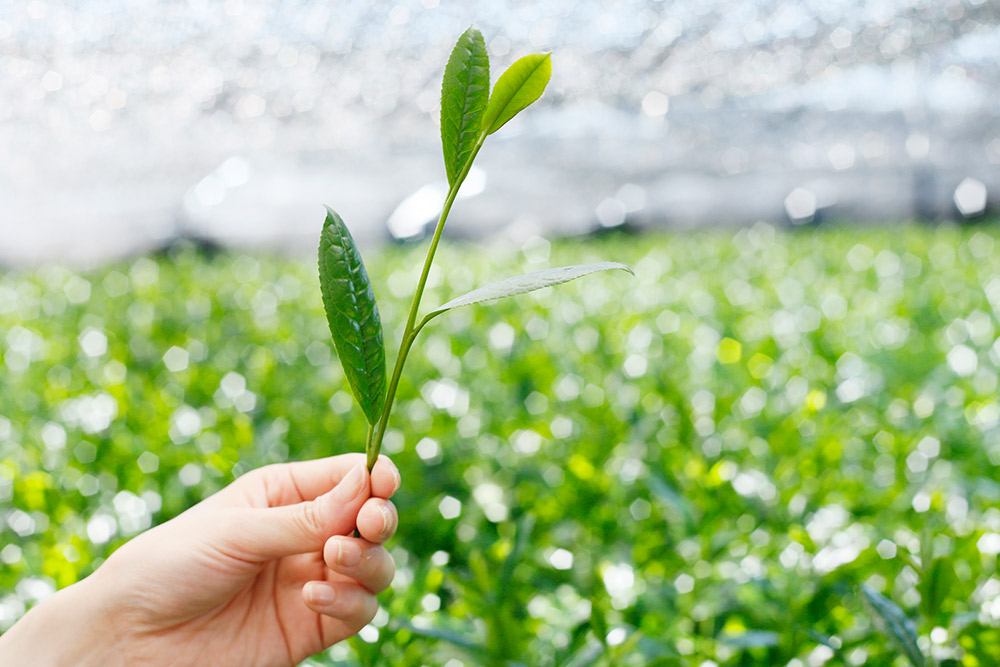The Different Grades of Matcha
Posted by Aiya Matcha on Jun 24th 2020

Did you know not all Matchas are the same? (Yes, that super inexpensive “Ceremonial” Matcha might be low quality or worse!) So what is the standard for a pure, high quality Matcha? Trick question – there is no formal regulation for Matcha blending , which makes for a lot of confusion with these products within the market.
Though it’s easy to get confused when trying to differentiate a high quality and low quality Matcha , we’ve further broken down the two primary grades of pure Matcha, Ceremonial and Cooking Grade, to help you pick the right one for any occasion.

Ceremonial Matcha (First Harvest)
Intended Purpose: Drinking
Ceremonial Matcha is blended exclusively for drinking purposes, whether it is for special occasions or daily drinking. Traditionally, it is used in Japanese tea ceremonies.
Flavor: Naturally Sweet, Delicate, Strong Green Tea Flavor
This blend is not to be mixed with anything besides hot water. As a result, it preserves and highlights its delicate flavor profile. It is not recommended to mix with any other flavors or ingredients, since this completely masks the earthy, green tea flavor.
Sensory Ques: Vibrant green color, earthy vegetal smell, extremely fine to the touch
In general, a high quality Matcha should have a vibrant green color (as a result of its shade-grown process), earthy smell (thanks to L-theanine), and be extremely fine to the touch (due to its stone-grinding process ).
Serving: 2 bamboo scoops (1/2 - 1 teaspoon)
A typical serving is 2 bamboo scoops of Matcha. For more information, check out our tips on how to make the perfect bowl of Matcha.
Common Misconception: "Best choice for anything that calls for Matcha"
Though Ceremonial Matcha is the prime choice for drinking, that is not the case when cooking with it. To achieve the same flavor from 1 teaspoon of Cooking grade, you would need to add a full tablespoon (or more). Though making green tea drinks with Ceremonial Matcha is not impossible, it is cost prohibitive for such a fine grade.

Culinary Matcha (Summer Harvest)
Intended Purpose: Cooking, baking, lattes, smoothies etc.
Culinary Grade Matcha is blended specifically for cooking, baking, etc.
Flavor: Strong, less sweet, green tea flavor
This blend is meant to be mixed with ingredients (like sugar, milk, soy, etc.). Matcha sommeliers purposely mix a blend with an assertive flavor profile so the Matcha is not lost in the final product. It is not recommended to be drunk straight with hot water.
Sensory Cues: Less vibrant green color, strong earthy vegetal smell, extremely fine to the touch
Like Ceremonial Matcha, this grade should be extremely fine to the touch. However, since it is a different blend, the color is a slightly less vibrant green and the earthy smell should be a bit stronger.
Serving: 1 - 2 teaspoons
Depending on how strong you enjoy your Matcha flavor in beverages (specifically 8 oz or so), it is recommended to use only 1-2 teaspoons of Cooking Grade Matcha. When baking or cooking, adding 1-2 tablespoons is ideal.
Common Misconceptions: Lower grade than Ceremonial Matcha
Wrong. Though the flavor profile differs and is less expensive compared to traditional ceremonial Matcha, it does not mean that it is any less nutritious or pure. If you find a super inexpensive Cooking Grade Matcha, it is most likely poor quality, expired, or even (dare I say) Sencha powder !

 Welcome to Aiya's website! FREE standard shipping available for retail consumer orders over $50 & wholesale orders over $500 (U.S. and Canada).
Welcome to Aiya's website! FREE standard shipping available for retail consumer orders over $50 & wholesale orders over $500 (U.S. and Canada).